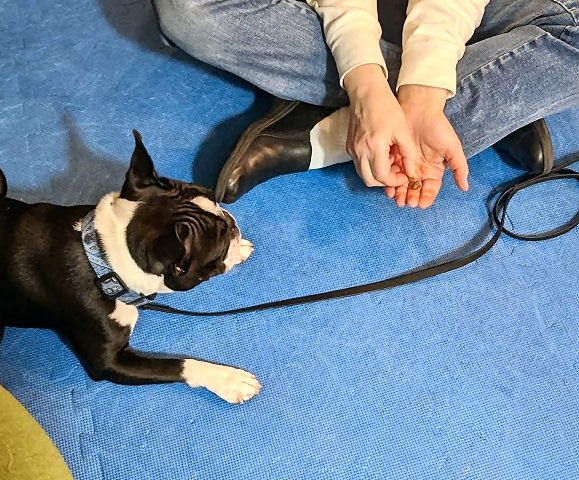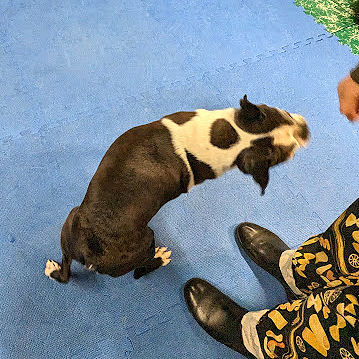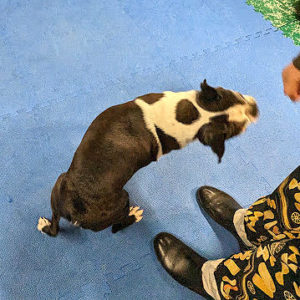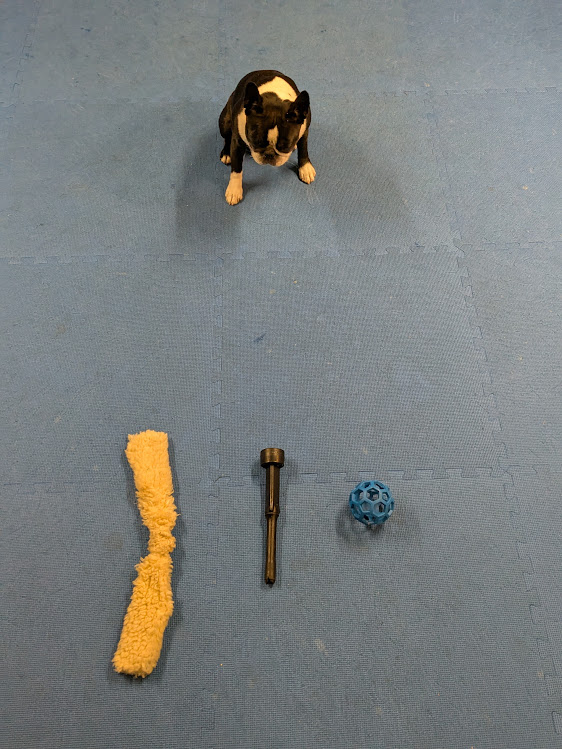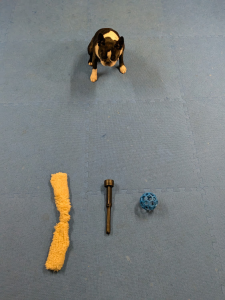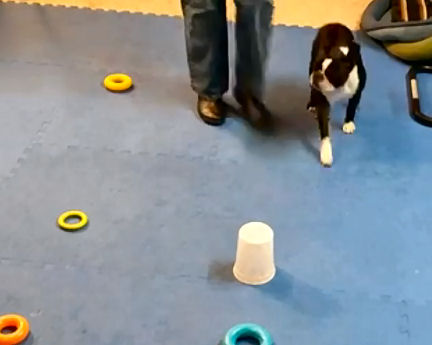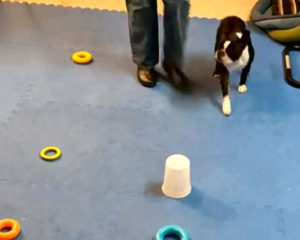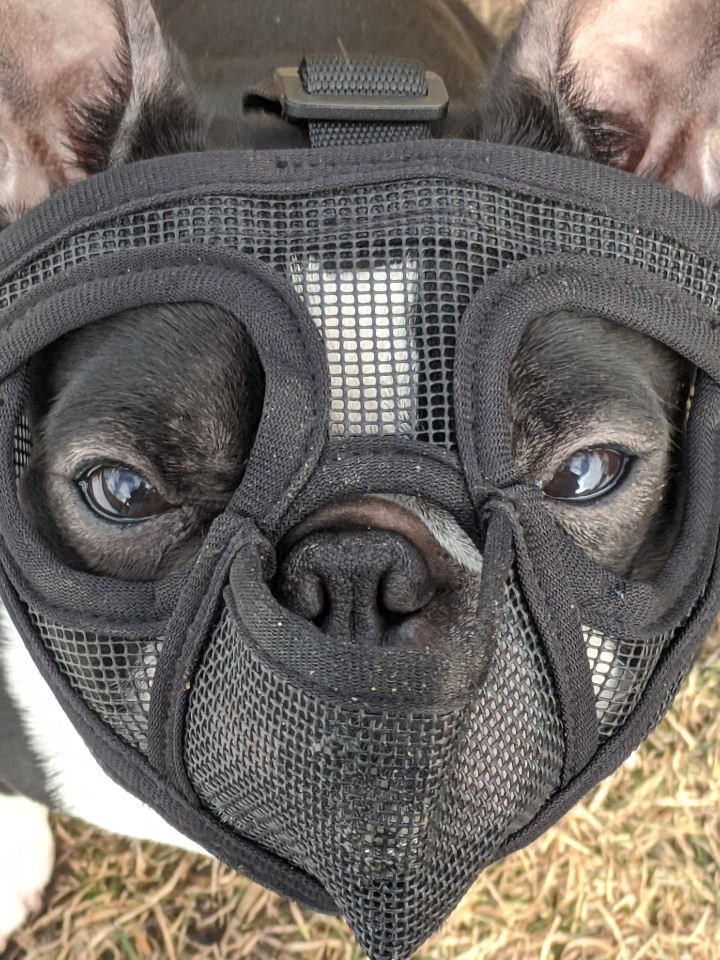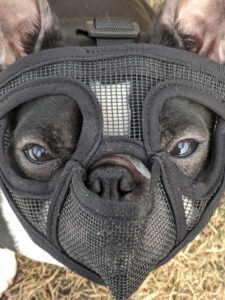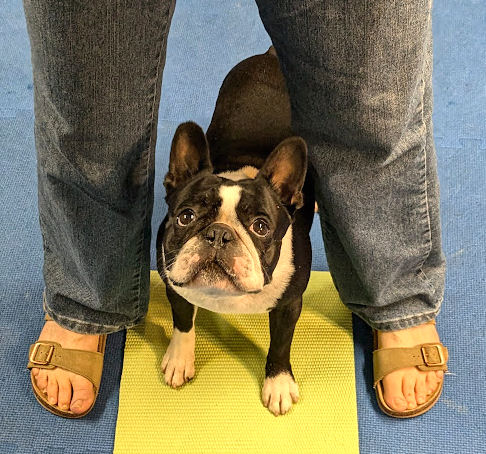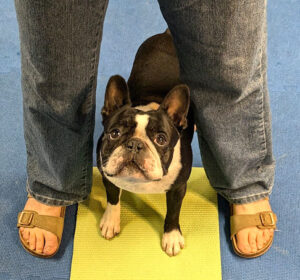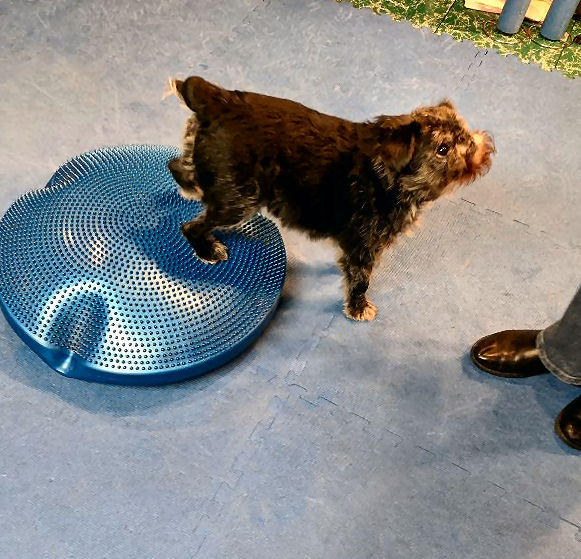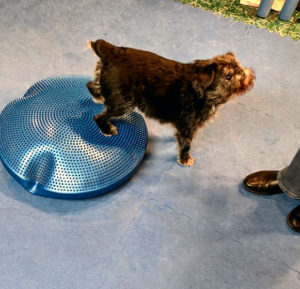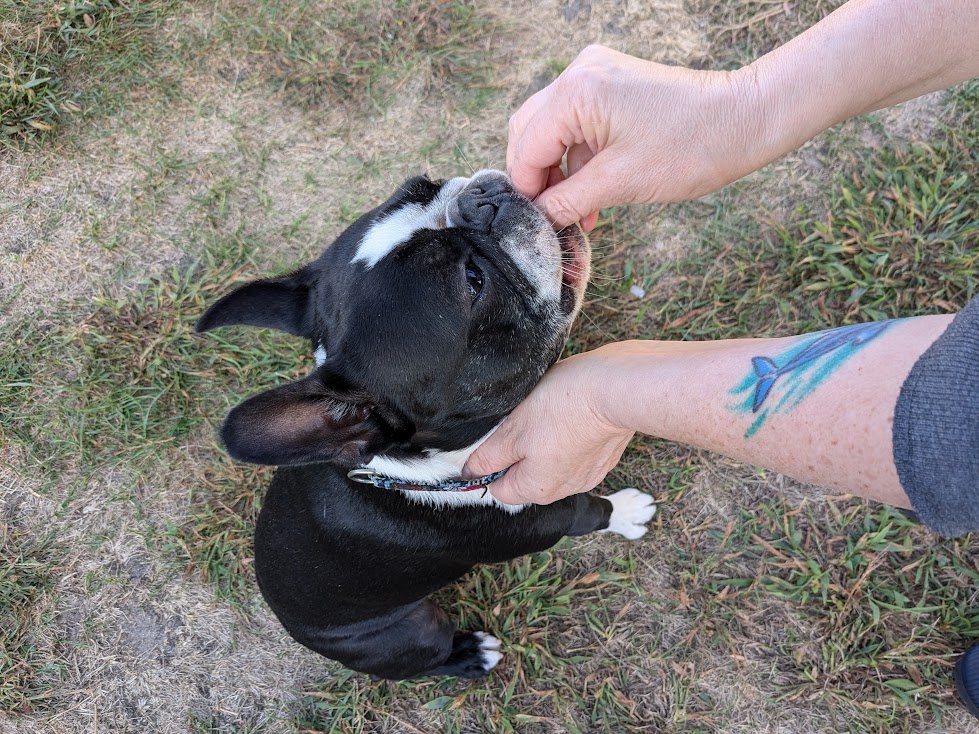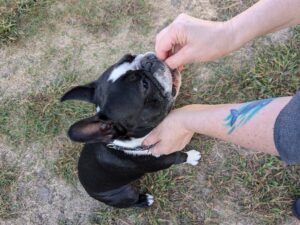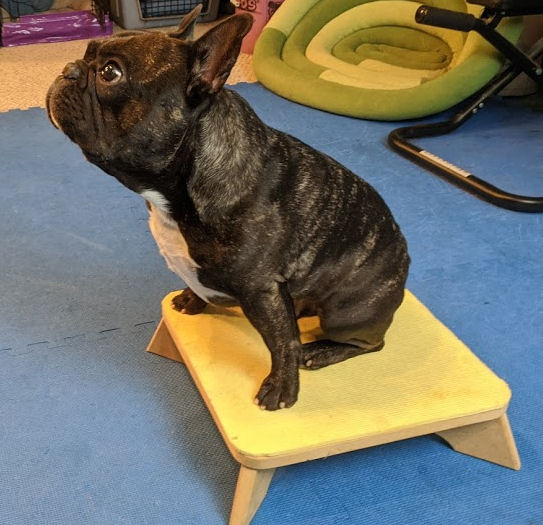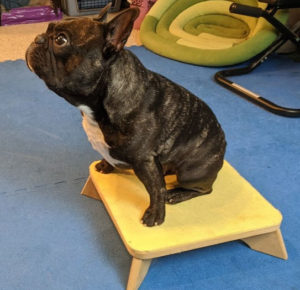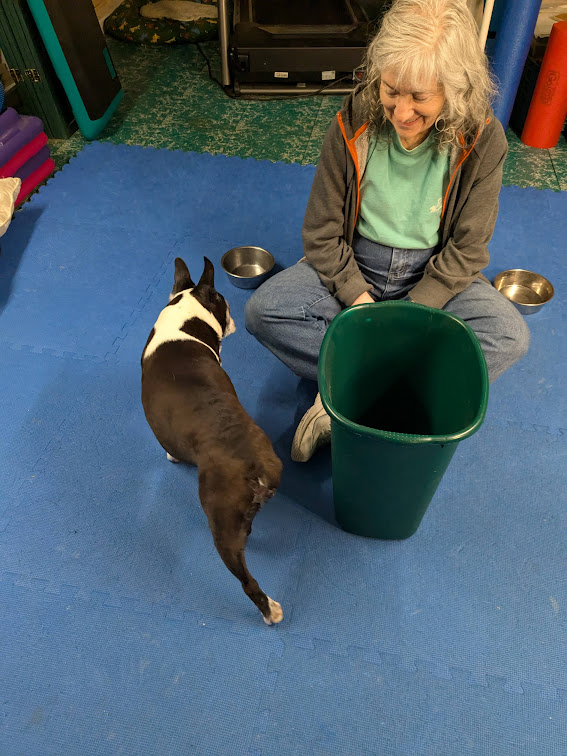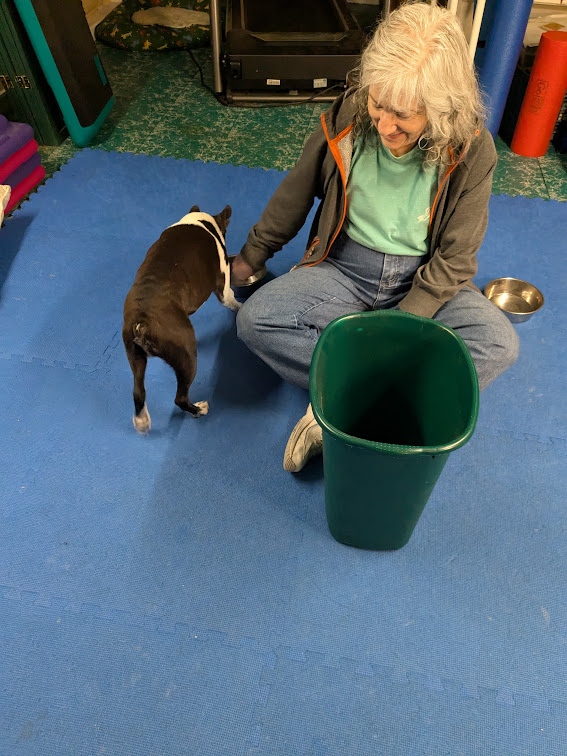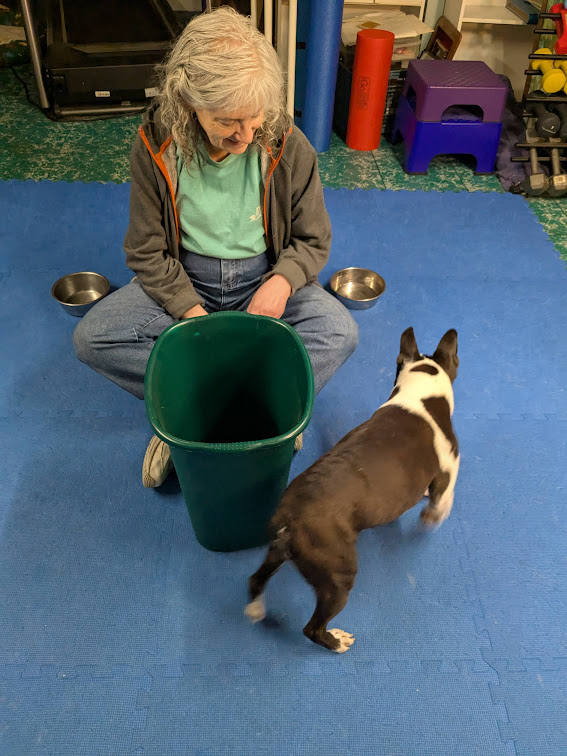We were fans of the tv show “The Big Bang Theory.” One episode featured a classic example of positive reinforcement training.
If you watched the show, you know that the primary characters, Leonard and Sheldon, were scientists. Sheldon, in generous terms, wasn’t adept at social interaction. In this episode, Leonard, his girlfriend Penny, and Sheldon are watching TV. When Penny talks over the program, Sheldon gets annoyed. He gives her a glare and she promises to be quiet. He offers her a chocolate. Penny’s phone rings and, after a glance at Sheldon, says she’ll go into the hall to talk. Sheldon offers her a chocolate.
Sheldon’s applying positive reinforcement to get what he wants. Leonard notices and says:
“Sheldon, you can’t train my girlfriend like a lab rat!”
Sheldon replies “Actually it turns out I can.”
Not a new concept
While most sources attribute positive reinforcement to B.F. Skinner’s development of operant conditioning in the 1930s, the concept is much, much older. Ever heard the proverb “You catch more flies with honey than you do with vinegar”? Ben Franklin’s Poor Richard’s Almanac cited it in 1844.
Positive reinforcement is one of the quadrants of operant conditioning. Explaining the other three would dive deep into weeds most people would rather not explore. If you, too, are nerdily interested, there’s lots to find. Have fun!
The point is that positive reinforcement works on people as well as dogs. Everybody is more interested and eager if they know their efforts will be appreciated. Sometimes that’s a simple “thank you!” or “well done!” And sometimes it’s a piece of chocolate.
Getting where you want to be
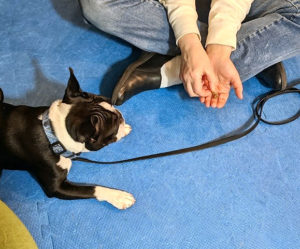
Research has proven that positive reinforcement works better for learning and retention than punishment-based training. “Reward-based dog training offers the most advantages and least harm to the learner’s welfare,” according to the American Veterinary Society of Animal Behavior, which says there is no evidence that aversive practices are necessary for dog training or behavior modification.
It’s also true that positive reinforcement training requires time and patience. Having a background in correction-based training, we know that a few strong “collar pops” will probably stop a dog from pulling. It will also make the dog fear the collar and cause pain. Punishment-based trainers have euphemisms to describe what they do. “Collar pop” or “correction” sounds better than yanking on a dog’s collar to hurt them.
Getting a dog to understand what you want is like playing charades with an alien. You don’t have a common language, you can only communicate through motions and rewards. It takes time to reach understanding. Once your dog realizes that every little training game will be fun and rewarding, they’ll love those sessions.
Take a breath
It may take a while for the light bulb to turn on in your dog’s brain. You may get to a point where, after a week or two, you’re wondering if you’re doing something wrong or if you have the dumbest dog on the planet. That’s just about the time when you can expect your dog to come up with flashes of brilliance. Just when you’re starting to despair.
Sticking with short, fun training games isn’t a huge commitment. Devoting ten or 15 minutes a day to your dog should be something you look forward to. The best way to start the day is playing a couple games with your best friend. Just ask your dog.

